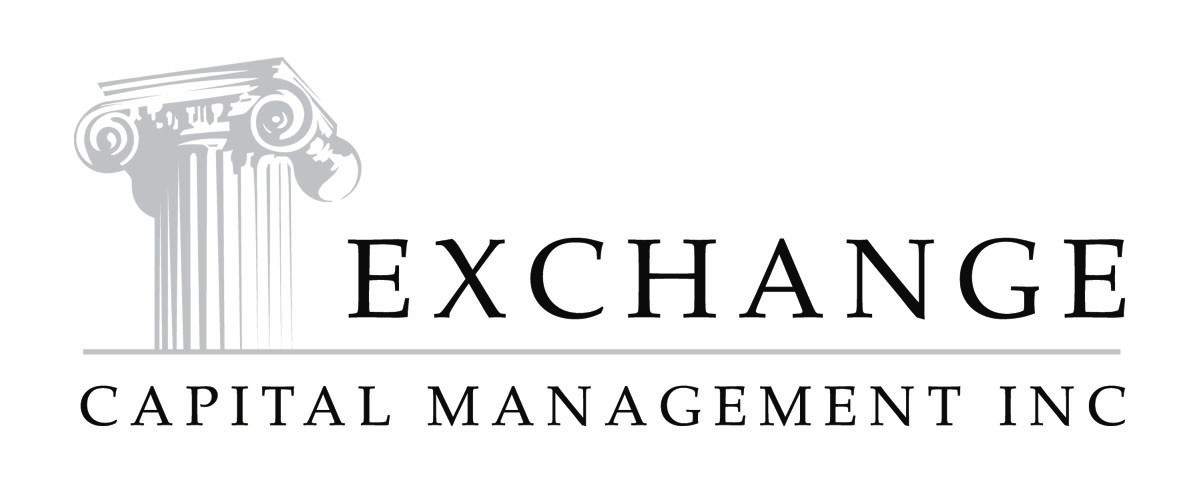Amplify Your Charitable Giving Strategy
%20-%2011-9-2021.png?width=945&name=Image%20-%20Blog%20Image%20-%20Olivia%20-%20Amplify%20Your%20Chartiable%20Giving%20Strategy%20-%20Big%20Present%20(Color)%20-%2011-9-2021.png)
The Jack-o-lanterns are rotting, the trees have given us an incredible show, and it’s already snowed in Ann Arbor once. While we were all busy discussing our return to the office and kids getting vaccinations, November was stealthily sneaking up behind us. Suddenly the majority of 2021 is in the rearview. The holidays are right around the corner and considering all that’s been taken from us in the past couple of years, it’s time to talk about giving.
We’ve written before about methods to maximize charitable donations. Today I want to expand on one such tool.
What is a DAF?
A Donor Advised Fund, or DAF, is a charitable giving account that allows donors to deposit assets for donation to charity over time and receive an immediate tax deduction when they contribute to the account. While a sponsor organization manages the account, the donor recommends how the assets are invested, when they should be granted, and to which IRS qualified public charities they should go.
What’s the best scenario to use a DAF?
As mentioned above, DAFs achieve two major goals. 1 - Allowing someone who is charitably inclined to set aside and invest assets they intend to gift (to grow tax free) and 2 - receive an immediate tax deduction in the year that they donate to the fund. So how does one use this tool for the most benefit?
To illustrate, allow me to introduce my dear Aunt Sally. She’s a kind, generous woman and a savvy businessperson. Sally has worked hard to earn money and she enjoys being able to spread it where she believes it’s needed.
Let’s say that Sally intends to donate $30,000 per year to various charities for the next five years. Sally also happens to be in an abnormally high-income year (perhaps from the sale of a business or from a sizeable Roth conversion). Sally can donate $150,000 to a Donor Advised Fund at one time, and receive the tax deduction in that year, which helps to offset her inflated income.
She can then instruct those assets to be granted to the various 501(c)(3)s of her choice, when she deems appropriate. In the meantime, she can choose how the assets are invested. The assets donated to the fund will grow tax-free until they are granted to a charity.
How much can Sally deduct?
Those that contribute to a DAF enjoy a federal income tax deduction of up to 60% of adjusted gross income for cash contributions, and up to 30% of adjusted gross income for the appreciated securities they donate.
Important things to consider:
Before you go stuffing away tons of cash so that you can realize a beneficial tax deduction, it’s important to know a few key points.
- Any donations to a DAF are irrevocable. The funds cannot be returned to the donor, they can only be used for grantmaking to charities. Therefore, a DAF is truly designed for those that have a material intention to donate to public charities.
- An individual can always make a cash contribution to a DAF. However, it may be more advantageous to contribute appreciated stock from a taxable portfolio. This allows an individual to donate the fair market value of the security while avoiding capital gains taxes that would be imposed if the security was liquidated to cash.
As with many financial planning tools, the rules and strategies of DAF’s are nuanced and can be complicated. The flowchart below is a simple guide to knowing if the use of a DAF could be right for you. Talking with a financial planner is an even more thorough way to ensure you’re employing this strategy correctly.
Comments
Market Knowledge
Read the Blog
Gather insight from some of the industry's top thought leaders on Exchange Capital's team.
Exchange Capital Management, Inc.
110 Miller Ave. First Floor
Ann Arbor, MI 48104
(734) 761-6500
info@exchangecapital.com




